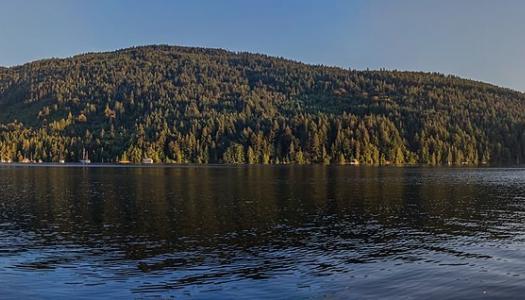MAEEC Field School on Salt Spring Island in 2020
Featured
Share online

A highlight of the MA in Environmental Education and Communication program is the one-week field school to immerse in the experience of Indigenous ways of being and knowing and learn in nature.
In 2020, as part of the Biosphere and Sustainability course, students in the second year of the Master of Arts in Environmental Education and Communication program will head to Salt Spring Island to study biodiversity and adaptation within a "living laboratory".
Salt Spring has a unique legal framework under the Island Trust Act which limits development and encourages the preservation and protection of the islands and its cultures. Together, we will look at cultural and ecological restoration projects at Xwaaqw’um (Burgoyne Bay), the relationships forged between Indigenous families and the settler community, Indigenous food systems from camas to herring, endangered species, and ecosystems that correspond with these food systems and settler food systems that are moving towards an understanding of these millennia-long practices.
Students will have a chance to explore the islanders' approach to managing the forests and Garry oak ecosystems for climate change which have increasingly become important provincially for their rarity, resilience, carbon sequestration and future genetic importance to withstand drought and rising temperature. The intersection between cultural survival and ecological survival and how to ensure both is the focus of the field school under the excellent tutelage of associate faculty, Dr. Briony Penn.
To find out more about Burgoyne Bay:
Learn more about the Master of Arts in Environmental Education and Communication. You can choose to complete the Master program, opt for a one-year graduate diploma or 5-month graduate certificate. Explore how the program can fit with your work, and life.